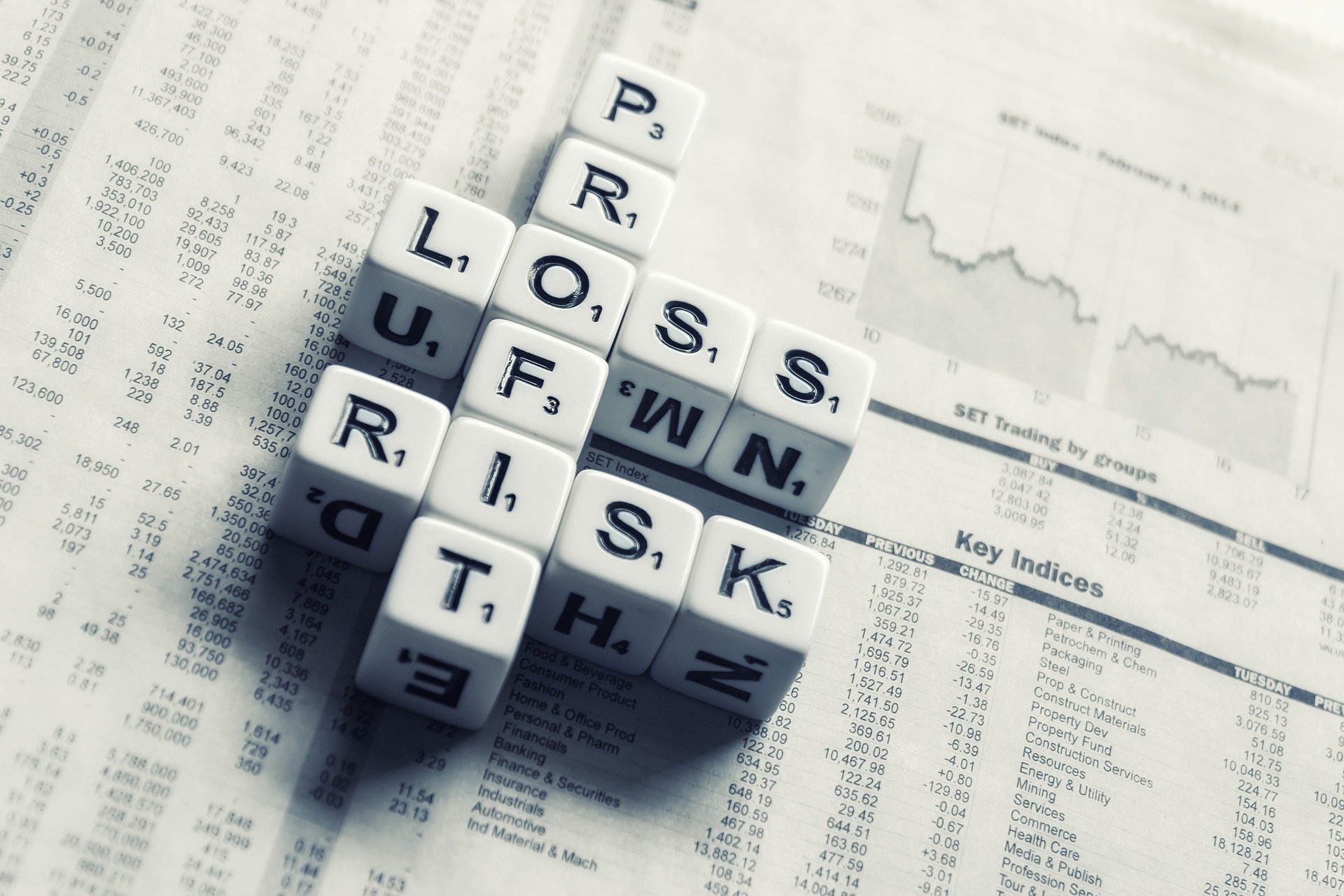Business cycles are a normal part of the economic machine. A period of expansion is followed by a period of stagnation or contraction. The current expansion of 121 months far surpasses most other expansion periods, besides that of the 1990s (120 months). The average length of an economic expansion between 1945 and 2009 was just 58.4 months.[1] At this point, we’ve more than doubled that number and, while the expansion is slowing, it hasn’t yet stopped.
The Federal Reserve’s decision to cut its benchmark interest rate this week was an attempt to prop up the expansion amid global slowdowns and trade uncertainty. It’s an admirable effort, but at some point the expansion party needs to come to an end. In 2015, the Fed ended the longest period of low interest rates in memory, but still only managed to get their rate to 2.5% before having to reverse course. You can see below how far away from “normal” the last decade has been in terms of interest rates.
Historically, interest rates have gone up and back down in, if not equal, at least balanced measures. The long and deep trough following the Great Recession has thrown the business cycle for a loop. Our expansion has been long, but not necessarily booming.

With the Fed Funds rate peaking at only 2.5%, there is not much room for rate cuts to bolster the economy. The main hope, then, is to act preemptively to prevent another long period of stagnation in an ultra-low rate environment.
As bond investors, we often see our best opportunities at the edges of the business cycle. At the last interest rate peak, we were able to purchase highly discounted bonds that then appreciated in value and increased interest payments. The much more muted peak of this cycle has meant fewer buying opportunities than we’ve seen in the past, but still has afforded us the ability to get higher yielding bonds into accounts, compared to the last ten years when interest rates were on the floor.
The Fed’s rate cut this week may help keep the economy expanding. More likely, though, it will just ease the pain of the end of the expansion, and hopefully set the economy up for a return to a more normal and balanced business cycle. Following the 120 month expansion of the 1990s came an eight month contraction. Such a short stint into the trough of the business cycle is preferable to the 18 months we spent in the last recession. We cannot live forever in an expanding economy, but if the Fed can stay ahead of the game, we may see a return to expansion, and economic normalcy, sooner rather than later.
[1] National Bureau of Economic Research (NEBR) https://www.nber.org/cycles/cyclesmain.html
This information is not intended to be used as the only basis for investment decisions, nor should it be construed as advice designed to meet your particular needs. You are advised to seek the advice of your financial adviser, legal or tax professional, prior to making any investment decision based on any specific information contained herein.





